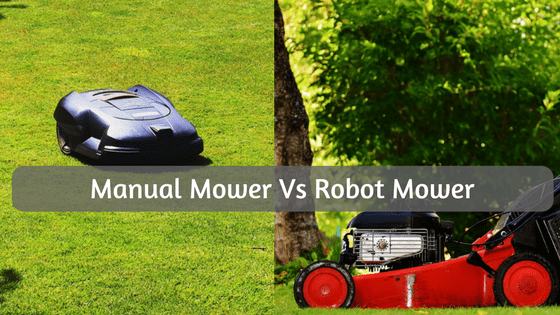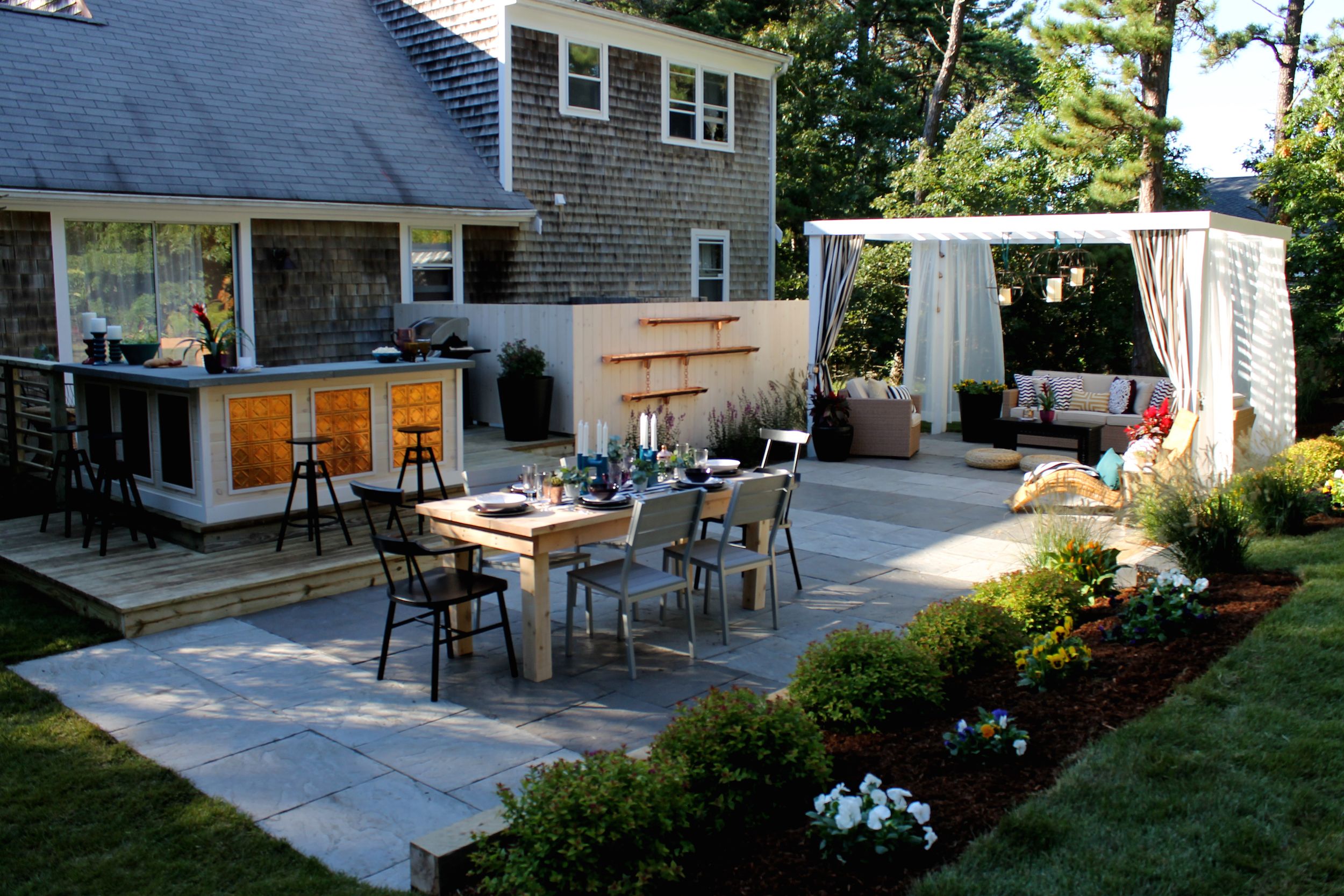Practical survival skills should be fifty percent of what we study in school! Languishing twelve to sixteen years in the bowels of our education system should not leave American citizens unprepared to cope with perpetually running toilets. A burned out taillight should not knock our world off its axis. This chasm of neglected wisdom is not simply filled with the obvious auto and home maintenance issues. All the little stupidities reflect on our society.
Years ago, I was sitting in an I-5 traffic jam with my sister, August. Innocently I remarket, “I hate trying to tune in that radio station while I’m driving.” Without provocation August reached down and yanked the unsuspecting radio button straight out of its place. Metallic skeletal parts were revealed. Grey whales migrating off the coast heard my gasp. Then, get this; she shoved the hapless button back in – all the way! Even if the traffic had been moving, I was in no condition to drive.
This blatant assault on my automotive electronics was uncalled for. Worse was learning at age 28, I was the only person in America uninformed as to how radios were set. My thoughts, if you can call them that, seem silly now. I believed pushing the buttons placed the dial in the vicinity of various stations. Only lucky drivers and folks who listened to Christian music had buttons that coincidently landed on the exact preferred position. This knowledge graced me just before digital. Lord, how I hate tuning in digital.
All society has an obligation to pick up where floundering education systems go astray. Teach children the little things. Change vacuum belts as a family. Award prizes to offspring who can find the level of power steering fluid and above all else, instill in them the skill to read a ballot.
In keeping with a heartfelt desire to better Planet Earth, I’d like to pass along ten things nobody ever told me about lawn mowing, the country way. When I moved to the hinterland I was naive to the tribulations of rural landscaping. My massive country lawn looked innocent enough. Then the escrow closed. The following was learned via trial and error - mostly error.
One: Always carry wire cutters when mowing – While the majority of rusty old wire shot through your leg can be extracted with a few good tugs, a surprisingly large proportion entwine around ankle bones in a manner no physician or physicist can explain. With a handy set of wire cutters excess can be trimmed. Overage tends to snag on the gas pedal when diving to the Emergency Room.
Two: Recycle –Be sure to have the hospital staff return wires once they rinse your Achilles Tendon away. You can reuse it (the wire or the tendon) for fencing projects. No doubt this convenience was the reasoning behind 130 years of country landowners discarding litter in what otherwise would appear to be a careless manner.
Three: Remember the Choke - When the mower keeps coughing and sputtering to a stop, or any other time you want to choke the dam thing, push this lever. It does nothing. To get the sadistic contraption running you’ll need gasoline.
Four: Beware Safety Features – Modern mowers posses a handle lever that shuts mowers down every time the operator looks to the left. This quadruples the number of pull starts needed. The American Academia of Carpal Tunnel Physicians sponsors safety levers. Mowers also come with what is called a Plastic Do-Hickie. A Do-Hickie’s only function is to display a sticker reminding people not to shove their hands or feet inside a running lawn mower. Gardeners only do this to remove grass clogs. Ironically Do-Hickies cause 99.96% of grass clogs.
Five: Stay Hydrated – In the country, heat stoke is as much a right of spring passage as bat guano in the kitchen pantry. The ecstasy of eighty-degree temps after nine months of winter collides head on with an obsessive desire to get every last flippin’ grass blade perfectly level. Before golf course precision is ever achieved, ‘Type A’ mowers will be face down on the carpet. With ice packs strategically perched on major arterial lines, you’ll wonder, “Could the shag rug be trimmed just a tad more evenly?”
Six: Budget – Country folks can purchase their fashionable shit-beat trucks for less than a thousand dollars. This elevates you to the social status of a Ferrari driver in the city. However your lawn mower will cost you three times as much. Tractor mowers are a must out here. The lawns are too massive. Mowing with a push mower during spring would keep property owners circling 24/7. Only idiots and starving authors use push mowers.
Seven: Remember General Maintenance - A Clanking serenade resulting from the first start up of the morning is not unusual. What happened is this: Overnight grass built up underneath your mower. Then, flakes have dried to the point where you could use tin snips to cut it into a disk and burn yourself a springtime fresh CD (Green Day?). To remove the offending mass grab an ice pick and go after the dehydrated flakes like Sharon Stone during mating season.
Eight: Electric Mowers: Don’t - Even if you could lug 300 yards of cord, it’s a spectacularly bad idea. When several dogs and a milk goat play ‘chase’ under the extension, all hell, and the cord, will break loose. Hopefully this will occur prior to overloading the freaky little round country fuses and setting your ancient electrical box ablaze. In a town like mine where there’s an all-volunteer Fire Department, the carnage could be unspeakable.
“Hey, Howard, I see that city gal’s home is ablaze over there. Got any marshmallows?”
“Sure Pap. Ya know I told her she should not buy that Rowski house just a few years after she did.”
The only saving grace is with all the unsoldered plumbing in this oasis of handyman dropouts, the houses themselves won’t burn below the second floor.
Nine: Use the Section Technique – The theory here is you divide your lawn into a section for each member of the household. Everyone contributes. Nobody gets overwhelmed by the workload. For example: assign your teenager to mow section 1 on Tuesdays - then you mow it. You assign your husband to mow section 2 on Wednesdays – then you mow it. Request your every-present brother-in-law mow section 3 on Thursday – and again, you do the work. Everyone takes a turn. Hell, if you have any other males around; people, bulls, aspen trees, give them a section. What do you have to loose?
Ten: Do Not Get Discouraged! - Never let grass win! During spring, folks can get discouraged. They wake up to note their freshly mowed lawn grew back while they slept. Fact is, by mowing barefoot you will feel the new grass poke up as you pass. It’s just the country way.
* Disclaimer: Computer hard drives vary. In the event you insert a lawn clipping diskette into your CD burner and your hard drive fails to function please do not file suit against the manufacturer or the author. We cannot be held accountable for the quality of your grass. Countersuits will request you promptly cease swimming in the gene pool.
Word Count:
1201
Summary:
Urbanites with résumés limited to plucking the occasional dandelion from their xeriscape and raising a hydroponic tomato in the condo alcove, should rightfully tremble when considering the daunting task of country lawn maintenance.
Keywords:
Country life, farm, small farm, backyard, rural, mow, mowing, tractor, lawn mower, lawn care, lawn, John Deer, Nola, Nola Kelsey, humor, satire, bitch unleashed, book, life, south dakota, black hills




















